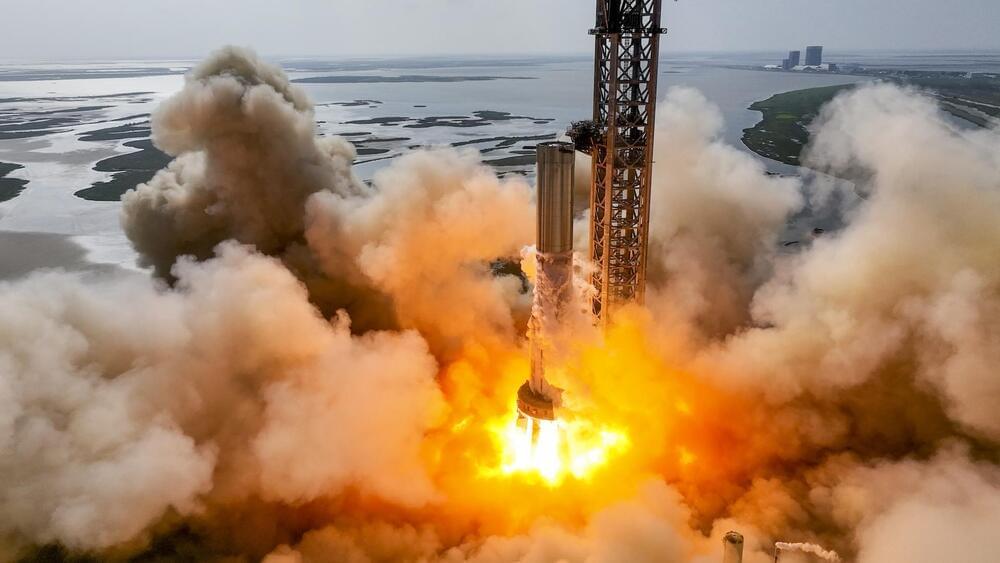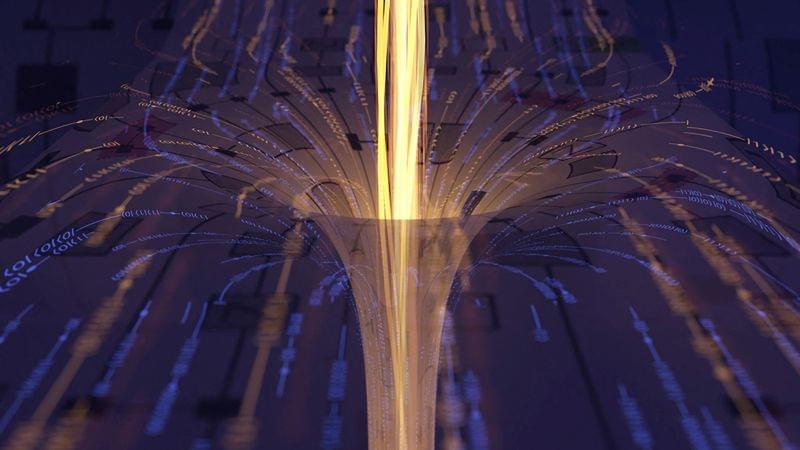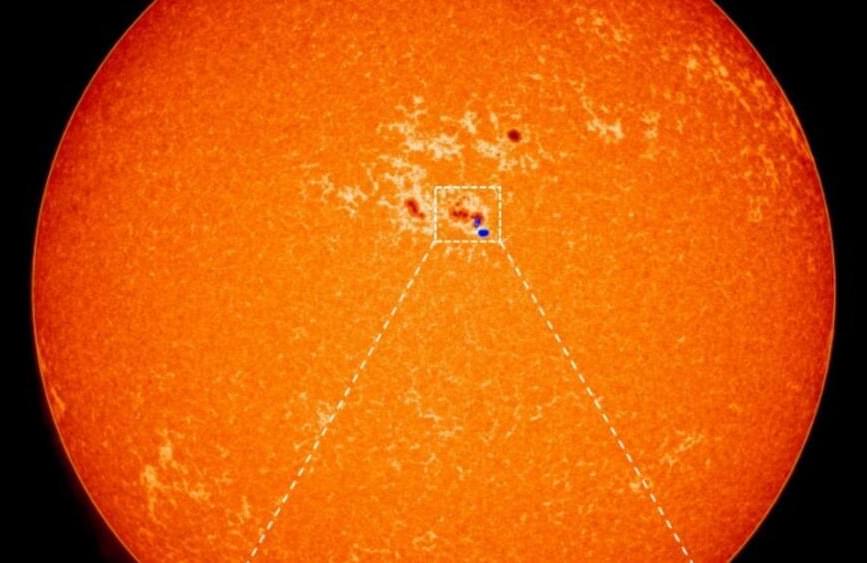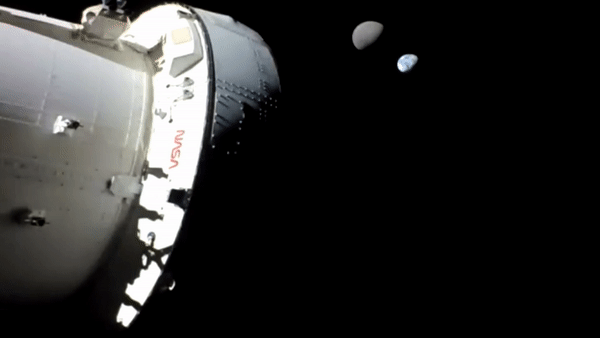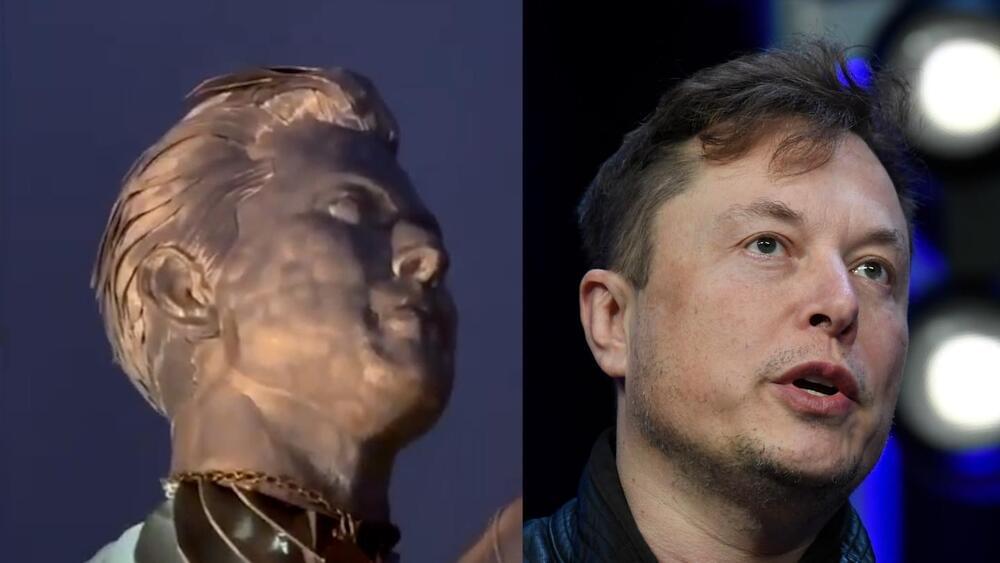Viewers like you help make PBS (Thank you 😃). Support your local PBS Member Station here: https://to.pbs.org/DonateSPACE
Find out how traveling faster than light and traveling back in time are the same thing. And be sure to tell PBS what types of shows you want to see at https://www.surveymonkey.com/r/pbsds2017 25 random participants in the survey will receive PBS t-shirts.
You can further support us on Patreon at https://www.patreon.com/pbsspacetime.
Get your own Space Time tshirt at http://bit.ly/1QlzoBi.
Tweet at us! @pbsspacetime.
Facebook: facebook.com/pbsspacetime.
Email us! pbsspacetime [at] gmail [dot] com.
Comment on Reddit: http://www.reddit.com/r/pbsspacetime.
Help translate our videos! https://www.youtube.com/timedtext_cs_panel?tab=2&c=UC7_gcs09iThXybpVgjHZ_7g.
By choosing the right path and the right reference frames, any superluminal motion can lead to information or objects returning to their origin before they depart. Matt O’Dowd will show you how to navigate such a path.
Time Warp Challenge Challenge Question — Race to a Habitable Exoplanet 1:44
